Every year in March, we celebrate Women's History Month, a time to acknowledge all the brave hard-working women who came before us and paved the way for women's equality. And as great as it is to underline historical women who have made strides for women's independence and equality, it's even more important to use this month as a way to motivate and empower present-day women to rise up and take advantage of the opportunities that are available to help them achieve independence, stability, and success.
A key factor in helping women achieve independence and success is ensuring financial stability. Check out the BALANCE blog below, Women and Money: Five Steps to Financial Empowerment, for tips on how to take control of your money and help the women in your life do the same.
Given the amount of research available, it’s safe to say there are intriguing paradoxes about women’s relationship with money. According to a recent report on women and retirement from Prudential Financial, women in their 50s who are married and in two-income households are at the most financial risk in retirement.
You may have thought that women in two-income households have a leg up for retirement security over their single, one-income household counterparts. Turns out, there are several root reasons for these results.
- Two-income households typically make more, but save less, spending more on expenses such as two cars and bigger houses.
- Married women in two-income households aren’t saving as much as they could in workplace retirement plans. According to the Prudential findings, in half of the two-earner couples, only one earner is covered by an employer retirement plan.
- The average 401(k) savings rate for one-income households and two-income, two-saver households is typically around 8% to 9% of household earnings compared to the average savings rate for two-income, one-saver households, which is only 4.9% of household earnings.
Women have come a long way in terms of education and participation in the workforce. But in spite of professional advances, women are still struggling against cultural stereotypes that, whether we like it or not, impact how many relate to money.
The question remains–why don’t women engage more directly with their finances? Do they underestimate their financial ability? Have they relied on men? Where are the strong female financial role models? Whatever the reason, it’s time for a wakeup call for women to be actively involved. Here are five practical things you can start doing right now.
1. Make retirement a top priority.
Take advantage of workplace retirement guidance. A recent study shows that sixty-five percent of women aren’t taking advantage of retirement guidance available to them through their workplace plan provider. Check with your employer to see if they offer onsite financial workshops or one-on-one guidance.
Women often put the needs of others ahead of their own, but when it comes to retirement savings, you have to be more focused on your own needs. Contribute to your 401(k) or other employer plan at least up to the company match, and more if possible. If you don’t have a company plan, open an IRA. According to the 2018 Profile of Older Americans, almost half of women 75 and older live alone, so you need to be prepared.
2. Don’t just save–invest.
What seems to have the most impact on investor behavior is the level of financial knowledge. Women may know as much as men and may have more experience than they give themselves credit for, but they tend to show less confidence in their investment knowledge. (Source: Family Wealth Report 2019)
Studies also tell us that overall, women invest 40 percent less money than men do. That hesitancy puts women at a huge disadvantage, especially long-term such as in retirement. This translates to the need for women to take a bit more risk by diversifying their stock portfolios to position for growth.
3. Find a financial “buddy.”
Studies have found that a majority of women refrain from discussing finances with friends or family because the topic of money was “too personal.” A large percentage also say they were raised not to discuss finances and that the issue is taboo.It’s tough to talk about money when women are socialized to keep this kind of information private. It’s important, though, to make time on a regular basis to discuss financial matters with a trustworthy friend, family member, mentor, or financial expert. Tackling financial goals can become less overwhelming and more attainable. Think of it in the same way that “gym buddies” keep each other motivated; financial confidantes can help both parties make progress and stay accountable.
4. Create a financial plan.
Having a financial plan makes a huge difference for a woman’s sense of financial security. Women with a written financial plan are significantly more confident–and less likely to lose sleep over their finances– than women without a plan.A financial plan goes beyond saving and investing to look at all the interrelated parts of your financial life holistically. It reviews income, expenses, investments, insurance coverage, income tax liability, retirement planning, estate planning and how they all work together, and give you a roadmap to follow.
5. Use your voice
Whether you are single or married, you need to be actively involved in your financial life. It’s your money and your life–you are in charge! Don’t be afraid to ask questions and seek out help when you need it. Women prefer to learn about money in person and from each other, so stay on top of your finances and share your experiences by talking to other women. Become the CEO of your own financial life.
Women are poised to take charge of their financial lives. To achieve the goals and life you deserve, take action now to ensure your money is working just as hard as you do.





